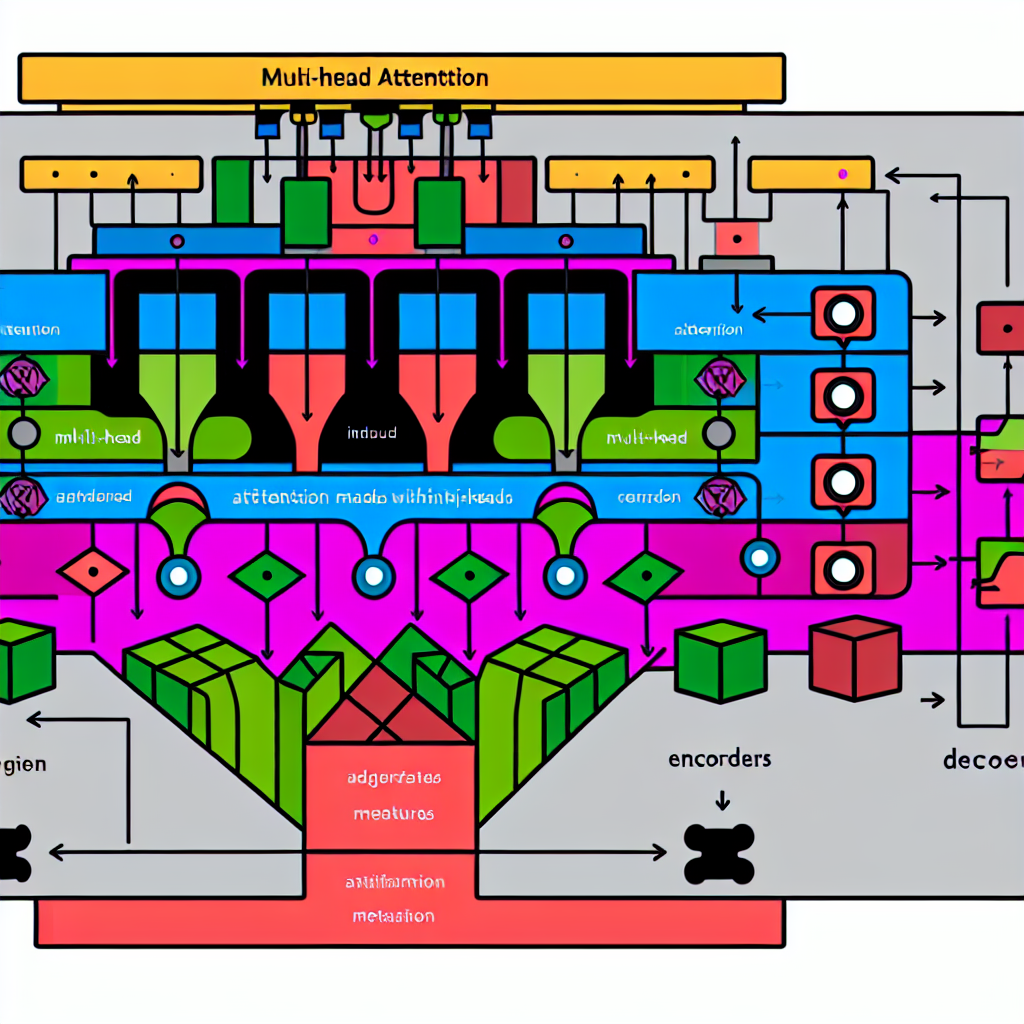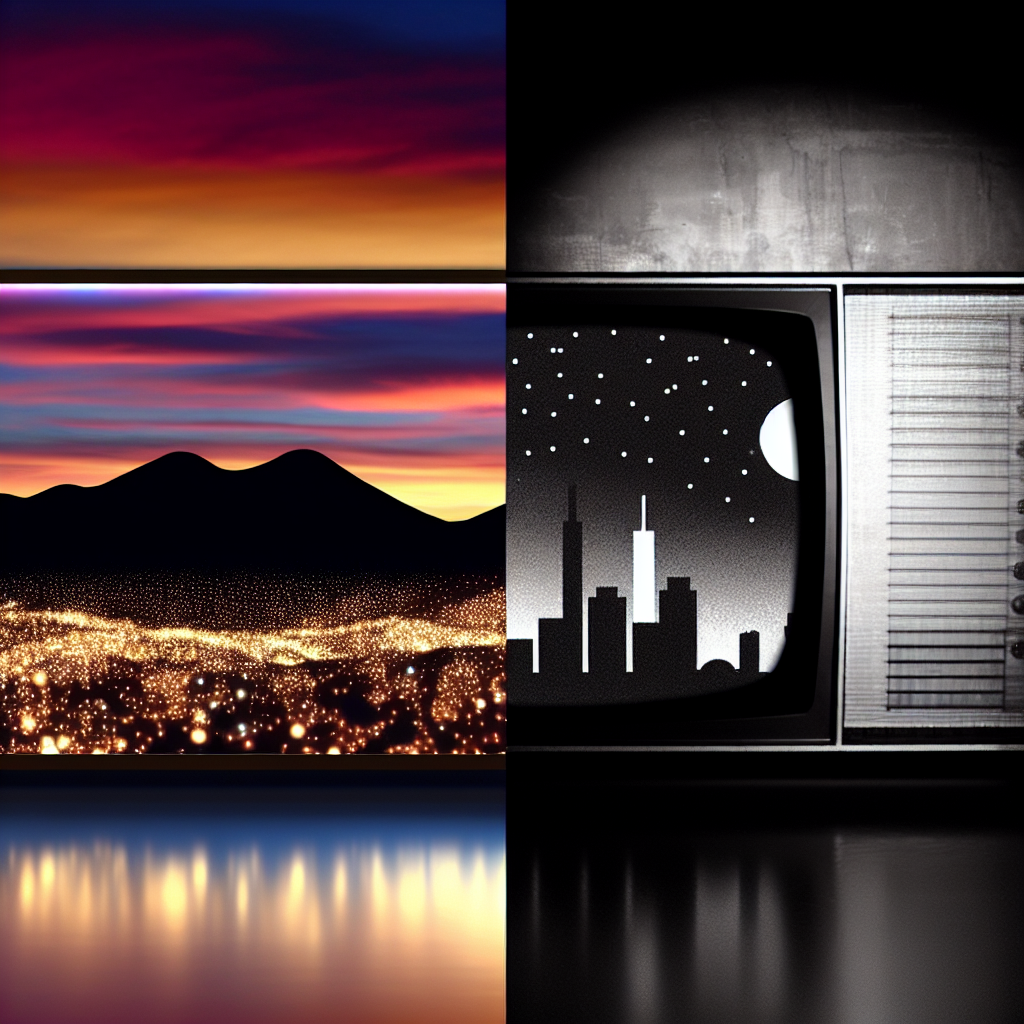Advanced Text-to-Image Techniques with Diffusion Models: What’s New in 2025?
Understanding Diffusion Models
Diffusion models are a class of generative models that iteratively refine images by predicting and removing noise from pixel-level data. These models have revolutionized Text-to-Image tasks due to their robust ability to capture complex image distributions and generate high-fidelity images. Unlike traditional GANs, they provide higher stability and produce more coherent outputs.
Leading AI frameworks like TensorFlow and PyTorch have made significant advances in integrating diffusion models into mainstream pipelines, simplifying their implementation and deployment.
Applications of Text-to-Image Technology
Text-to-Image generation is widely applied across various domains. In marketing, companies utilize this technology to generate eye-catching visuals based on product descriptions, enhancing advertising efforts. In the film industry, it aids in pre-visualization, allowing directors to conceptualize scenes before shooting begins.
Case Study: Revolutionizing E-commerce
An e-commerce giant implemented diffusion-based Text-to-Image generators to enhance the customer shopping experience. By converting text-based search queries into images, they noticed a 30% increase in user engagement and a 20% boost in sales conversions.
Overcoming Challenges
While promising, Text-to-Image technology faces challenges such as balancing computational costs with output quality. Techniques like adaptive sampling and scalable model architectures are being researched to mitigate these issues. Additionally, ethical concerns around image misuse highlight the need for developing responsible AI guidelines.
For further reading, consider exploring the Arxiv repository for the latest academic papers on this topic.
Future Trends in Text-to-Image Generation
The future of Text-to-Image generation lies in enhancing user interactivity and expanding to 3D content creation. AI researchers are focusing on enabling real-time generation and incorporating user feedback to refine outputs interactively. Integrating virtual reality (VR) with Text-to-Image models is poised to unlock new potentials in immersive content experiences.
As machines continue to learn and evolve, we anticipate significant advancements in creative AI and its applications in entertainment and beyond.
FAQ
What are Diffusion Models?
Diffusion models are generative models that produce images by iteratively refining noisy versions of data to generate clear, high-quality images.
How does Text-to-Image technology benefit businesses?
Businesses leverage Text-to-Image technology to create custom visuals for marketing, streamline content creation, and enhance user interaction and engagement.
What challenges exist in Text-to-Image generation?
Key challenges include managing computational costs, ensuring scalability, and addressing ethics and misuse concerns related to generated images.
How are diffusion models different from GANs?
Diffusion models offer higher stability and image quality compared to GANs, with the added benefit of simpler training regimes.
Conclusion
Text-to-Image generation using diffusion models presents transformative possibilities in AI and Data Science. From practical applications in business to the exciting future of interactive and 3D content creation, this technology is reshaping our digital landscapes. Professionals interested in AI should continue exploring this dynamic field, keeping an eye on emerging trends and methodologies.
Stay informed and deepen your understanding by subscribing to our newsletter and reading our comprehensive AI guides. Your journey in AI is only beginning.



